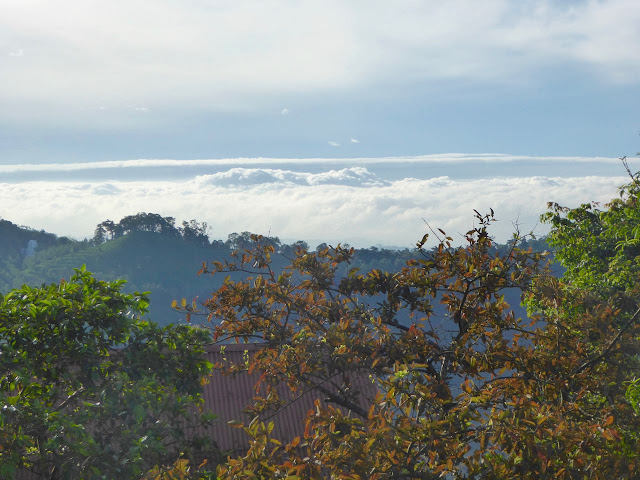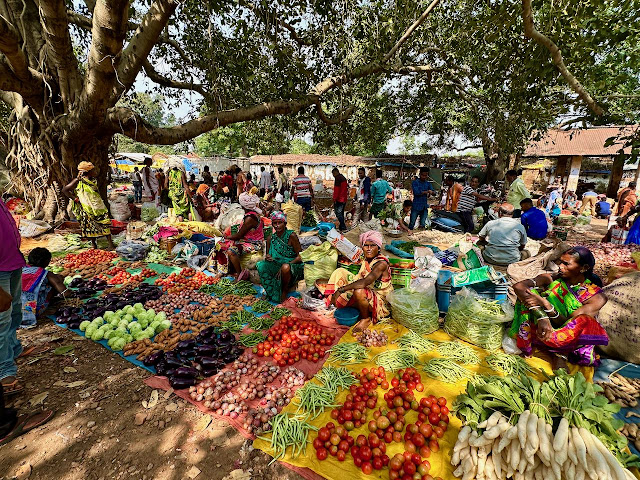Windermere – a jewel in the Indian plantation crown
Munnar, one
of Kerala’s most popular hill stations, is located high in the Western
Ghats of southern India. It is home to tea, coffee and cardamom plantations;
making for luxurious landscapes; verdant vistas; and, if you find the right
place to stay, a welcome break from the frantic hustle and bustle of everyday life in India.
 |
| Parts of Windermere are reminiscent of European gardens |
One of Munnar’s
best-kept secrets is the Windermere Estate – a long-established, 60-acre cardamom
and coffee plantation owned by the Simon family since 1987. Today it is also run
as a delightful, discreet 18-room plantation home, where guests are welcomed
into a friendly environment, treated as part of the family and given delicious home-cooked food, astounding views, a carefully-tended garden filled
with interesting plants, and an opportunity to explore the plantation on your
doorstep, as well as the incredible tea fields around you.
 |
| Part of the charm of the garden at Windermere is the mix of sub-tropical plants and English flowers |
The name is
attributed to the well-known and much-visited place in England – Windermere –
because a former houseguest of the previous owner, Mr I.C. Chacko, who was part
of the Indian Civil Service under the British Raj – commented that the view
from his window reminded him of our much-loved Lake District back home.
 |
| Visitors will see many birds here including the red-cheeked bulbul |
Munnar is
located in the Idukki district of Kerala and is listed as a World Heritage Site
by UNESCO. It was once the summer resort of the British Government in south
India, but today is a popular visitor destination for both foreigners and
domestic tourists. Any reader familiar with Charles Jencks’ work, would be
forgiven for thinking that perhaps he gained inspiration for some of his incredible
forms from the tea plantations here.
No visitor
can fail to be impressed by the extra-ordinary landscape here, with tea plants
covering every available inch of land in the region. The tea plant is actually
part of the Camellia family (Camellia
sinensis) and the top two inches of the shrub – known as flushes – grow
every 15 days. And as Windermere owner, Dr John Simon, explains: “The most
common types of tea available in the market are white, green and black tea. The
only difference is how they are processed.”
So a visit to the Lockhart Tea Museum is a must, to see just how the process works. It's a short 8-kilometre drive from the estate and your hosts will arrange it for you.
 |
| The visual experience of the tea plantations is quite extraordinary - was Charles Jencks inspired by them? |
Cardamom
doesn’t have the visual appeal of tea, with its unwieldy leaves and stringy
appearance, but it is known as the “Queen of all spices” and is a
labour-intensive crop, needing highly skilled management and well-trained workers to
yield a good harvest. It is sensitive to moisture, light and temperature
and is grown at an optimum altitude of 600-1500 metres, in regions with an average
rainfall of 1500-4000mm.
 |
| You will see tea growing everywhere you look in Munnar ... and it's a wonderful sight |
You can
read more about the Windermere Estate here,
but if you are travelling to this part of India, do consider this as one of
your stopovers and for a couple of days, so you can fully appreciate the
plantation life and the magnificent scenery. It is an easy destination to
combine with both Cochin on the west coast and Kumbakonam further east.



Comments
Post a Comment